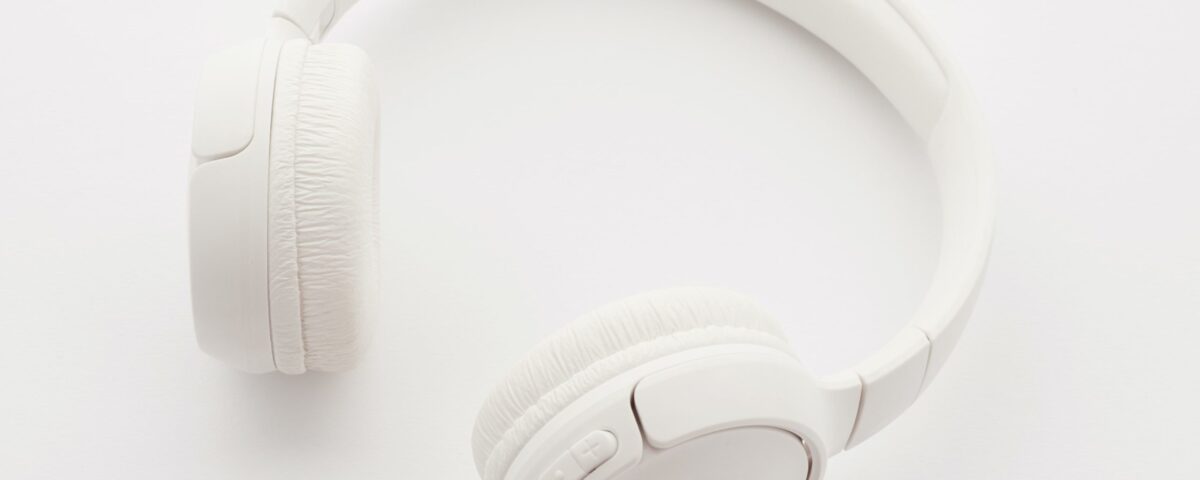You might have come across the concept of White Noise for sleep, a specially designed sound intended to help people fall asleep easier. The internet is filled with various white noise options to choose from.
At Sleepie, our mission is to be your go-to resource for all things sleep-related.
This article will delve deeper into White noise for sleep and investigate whether this approach truly works for people.
If you’re curious about Brown Noise, we’ve also covered that topic here.
What is white noise?
White noise is a type of sound used for sleep and relaxation, composed of equal intensities of all frequencies audible to the human ear.
In summary, it is an unvarying sound that can be compared to static or the sound of a fan.
White noise is also often used as background noise to mask other sounds and create a more peaceful environment, making it easier for people to fall asleep or concentrate. So, it is primarily used by those in metropolitan areas. But how realistic is this sound therapy effective for sleep?
A study showed that when exposed to white noise, the likelihood of a baby falling asleep is increased more than threefold (25% to 80%).
Another study proved that white noise is recommended for masking environmental noises, improving sleep, and maintaining sleep in a coronary care unit.
How effective is white noise for sleep?
White noise can effectively promote sleep for some individuals by drowning out other sounds that may disrupt sleep, such as traffic, conversations, or noisy neighbors.
In addition, moms typically use it to put their babies to sleep because some say it imitates the womb’s constant noise and protects the baby from being startled by other sound disturbances.
That way, it provides a consistent auditory environment to help people relax and fall asleep more easily.
However, the effectiveness of white noise for sleep may vary from person to person, and it may not work for everyone
Is it OK to leave white noise on all night?
It is generally safe to leave white noise on all night, as it can help maintain a consistent and soothing sleep environment.
Some people find it helpful in staying asleep and preventing nighttime awakenings.
However, it’s essential to keep the volume comfortable, and consider using a white noise machine or app with a timer function if you prefer the sound to fade away during the night.
What are the negative effects of white noise?
There are some potential downsides of White Noise to consider. First, this type of sound can negatively affect sleep, and researchers say there is no scientific evidence for its use in sleep.
- Hearing damage: If white noise is played at a high volume for prolonged periods, it may potentially cause hearing damage. It’s important to keep the volume reasonable to avoid this risk. With infants, it is recommended caution because it can cause auditory processing disorders. Therefore, it is generally recommended not to keep the noise all night for the baby and only for a short time.
- Dependence: Some people might become reliant on white noise to sleep and find it difficult to fall asleep in its absence. It can be helpful to use white noise only when needed to prevent dependence.
- Annoyance: White noise might irritate or disturb some individuals, making it difficult to sleep or concentrate. In such cases, alternative methods for promoting sleep or relaxation may be more suitable.
- Sleep disturbance: In some cases, white noise can be too stimulating for certain individuals and may keep the brain more alert, making it difficult to fall asleep or stay asleep. It can also awaken the person during sleep.
White, Brown, or Pink Noise?
White Noise, Brown Noise, and pink Noise are different types of sound characterized by their unique frequency spectrums and how they distribute energy across these frequencies.
- White Noise: White Noise has equal energy across all frequencies audible to the human ear. It creates a consistent, unvarying sound similar to static or a fan.
- Brown Noise: Brown noise has more energy at lower frequencies and less at higher frequencies. The result is a deeper, more bass-heavy sound similar to a waterfall or distant thunder.
- Pink Noise: Pink noise has equal energy per octave, meaning it has more energy at lower frequencies than higher frequencies, but not as much as brown noise. This results in a balanced sound often described as smoother and more natural than white noise.
In conclusion, white noise can be an effective sleep aid for many individuals, helping them fall asleep faster and maintain restful sleep.
If white noise isn’t helping you, consider exploring other types of noise or alternative sleep aids to find the best solution for your needs.
Disclaimer: The information provided in this article is for informational purposes only and is not intended to serve as a substitute for professional medical advice, diagnosis, or treatment.



